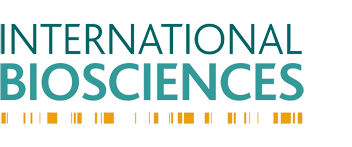Your DNA Can Link to Hereditary Diseases

When DNA samples are sent off for paternity tests, the only thing the clinic will test for is evidence of paternity. That’s because the biological matching of an alleged father and a child is a very specific test. Once paternity has been confirmed, however, there are other ways that shared DNA can affect the lives of both parties.
Testing For Hereditary Disease
Paternity tests will confirm the identity of a child’s father. If the father has genes which predispose him to certain diseases, there is a chance that these genes have been passed on to the child. Once paternity is established, it is possible for the child’s DNA to be checked for any signs of these diseases. The success of this testing depends on several factors, including:
Knowledge – The father or someone in the father’s family must be aware that the potential for hereditary disease exists. If there is no indication of health problems in the father’s family, there will be no incentive to check whether the child is at risk.
Consent – consent must be given for a sample of the child’s DNA to be taken. Consent can only be given by the parent with caring responsibility for the child, or by a guardian or authority carer if the child is in care. Without the consent, the child’s DNA may not be tested at all.
Which Diseases Are Hereditary?
There are a number of hereditary diseases, some of them very serious, which is why you should consider testing your child if you know you carry a hereditary disease. These include:
- Cystic fibrosis
- Osler’s disease
- Some cancers
- Sickle cell disease
- Sight and hearing problems
- Some heart problems
Your family’s health history may give some indication as to whether you or your child could be at risk from a hereditary disease, so you may want to see your doctor and talk to your parents. Once paternity tests have established your connection with a child, it’s important to make the most of the information you have.


